Cover the shaft in creepers, says outlandish community engagement report
Foster & Partners’ controversial Tulip tourist attraction proposed for the City of London should be covered in vines, according to a left-field response to an ongoing public-consultation exercise.
The call to festoon the shaft with screepers is contained in a summary of input from recent community engagement work on the viewing tower, earmarked for a site next to the Gherkin and created for that building’s owner – the billionaire banker Jacob J Safra.
In the 19-page document submitted to City planners, market-research consultant Cicero says a total of 167 people attended public engagement sessions held over four days in January and early February this year. More events are scheduled for March 8 and 9.
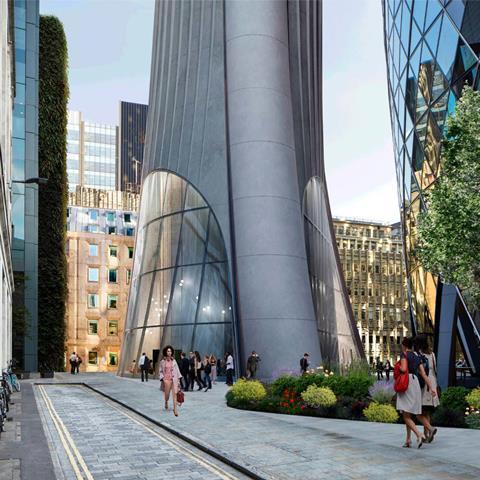
At the first four events of the year, attendees were shown display boards, models and also had the opportunity to view the proposals using virtual-reality headsets. Project team members were also available to answer questions.
Cicero said responses to the to the proposals were “overwhelmingly positive”, with 95% of respondents agreeing with the statement “I like the overall concept and design of the scheme”.
In relation to the design of the Tulip, which has a planned height of 305m, Cicero said many respondents complimented the proposals and considered them a “welcome addition” to the London skyline.
“Suggestions were also made to how the design could be improved, including placing vines on the shaft, and what it reminded attendees of, including a ‘gothic cathedral with a spire’,” the report said.
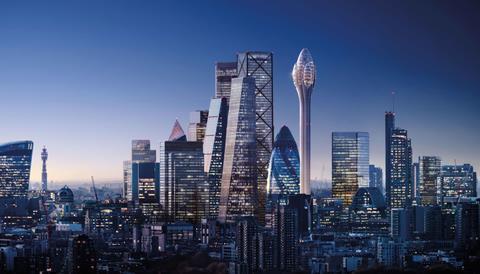
It added that 92% of respondents either agreed or “strongly agreed” that the addition of a cultural and educational visitor attraction alongside the city’s existing office and business uses was “a positive move”.
Other supporting documents for the application have gone into great detail in terms of projecting the long-term economic benefits that would be generated if the attraction were approved and delivered by its target date of 2025.
One assessment, by the consultant Deloitte, projects the Tulip would have 1.2m visitors a year, create 600 jobs and generate £1.6bn in “total monetised impacts” for the UK economy between now and 2045.
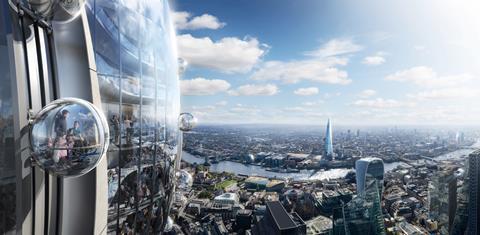
However Cicero said it had been unable to answer consultees’ questions on how much it would cost to visit the attraction – which will have a sky bar and restaurant, several viewing floors with features such as glass slides “sky bridges”, and gondola-pod rides on the building’s façades.
“Questions were asked as to what the public space will be at the top of the scheme and the costs of entry,” the report said.
“It is not yet confirmed what the cost of entry to The Tulip will be.”
So far government heritage advisor Historic England, Tower of London custodian Historic Royal Palaces and the Greater London Authority have given City planners critical feedback on the proposals – as has the authority’s own built-environment team.
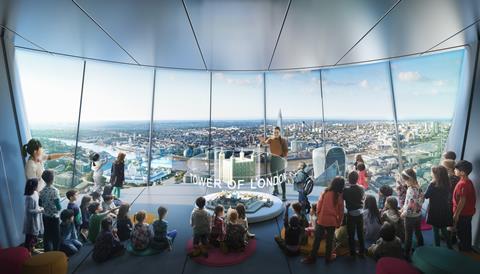
Earlier this month Fosters tweaked the proposals to add more classroom space for schoolchildren to use. Its initial proposals for the level-3 education space – designed to fulfil Safra’s offer of providing free visits to 20,000 London state-school pupils a year – drew criticism from Greater London Authority planners for failing to provide 360-degree views of the capital.
The revised scheme boosts space earmarked for school use by 65% in answer to the concerns.
The City of London has yet to set a date for the Tulip proposals to be determined.









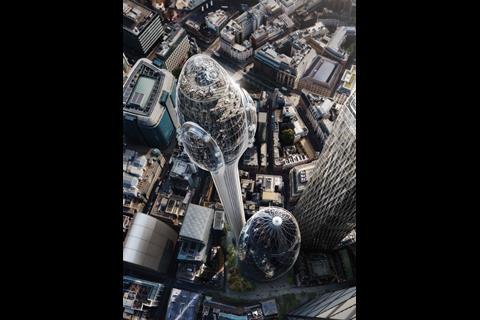



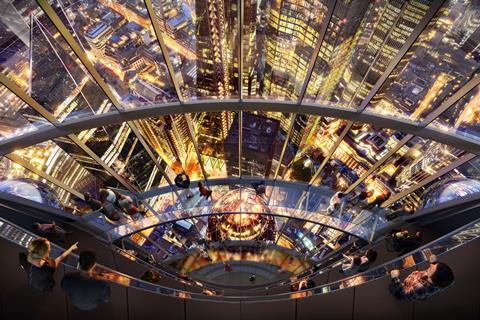


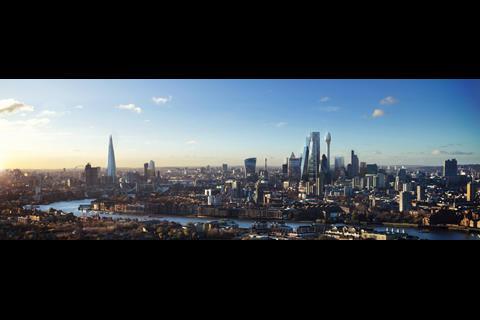
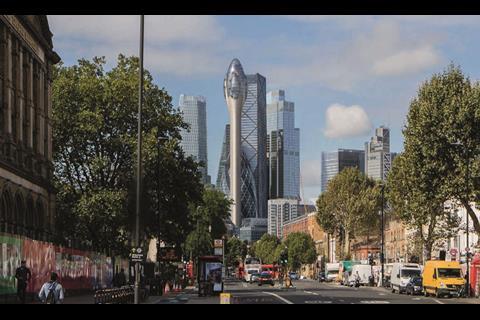
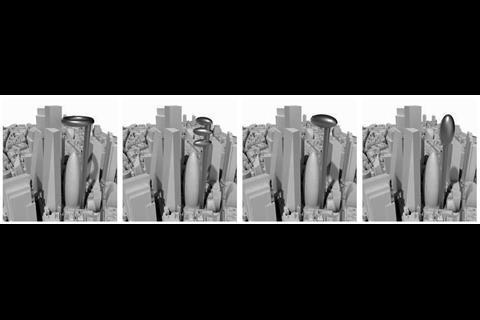

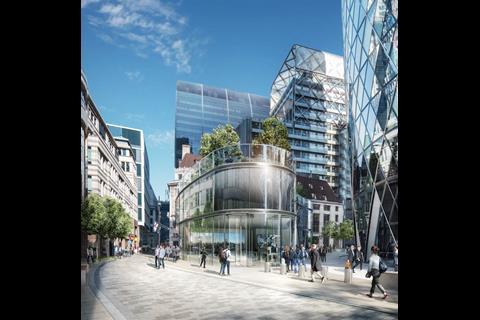

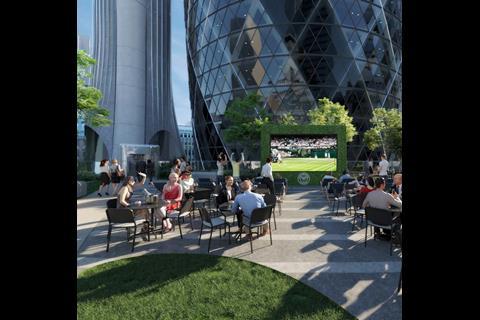
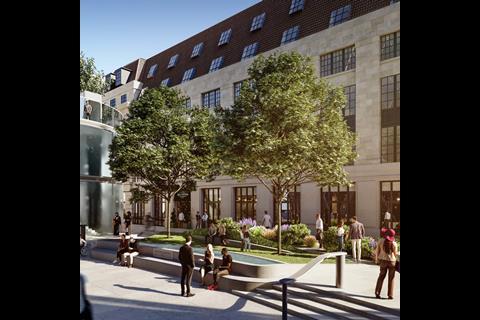







14 Readers' comments